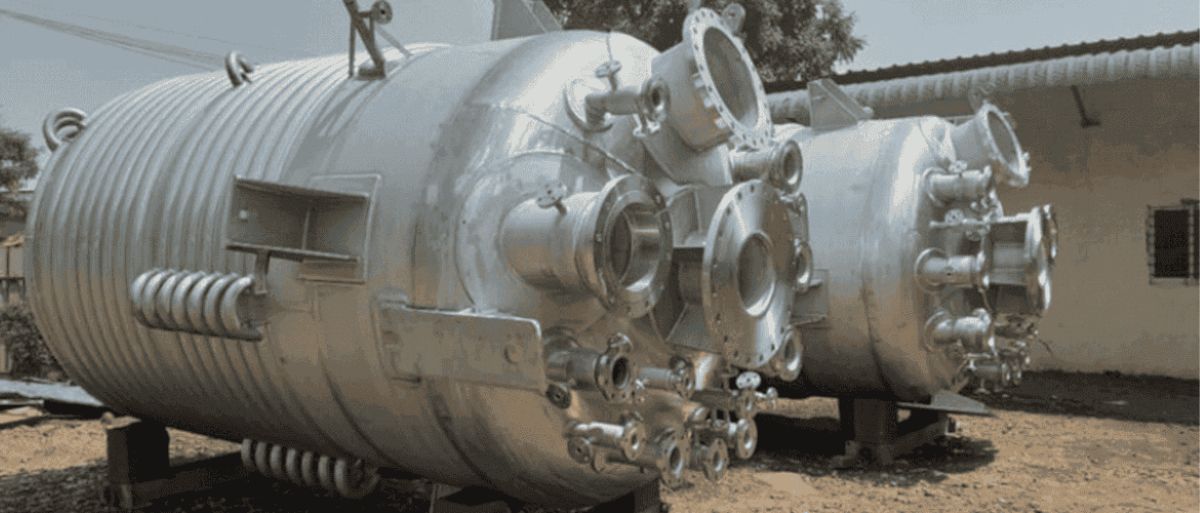Design Codes for Pressure Vessels: EN 13445 vs AD 2000
- Posted by: arvengtraining
- Category: Codes and Standards

Design Codes for Pressure Vessels: EN 13445 vs AD 2000 are essential to understand when selecting the appropriate design code in pressure vessel engineering. Both comply with the Pressure Equipment Directive (PED 2014/68/EU), but differ in philosophy, materials, and technical requirements. Understanding these differences enables safer, more efficient, and regulation-aligned decisions.
EN 13445 vs AD 2000: Scope and Applicability
EN 13445 is a harmonized standard covering unfired pressure vessels, specifically designed to meet PED requirements. Its international scope makes it the preferred option for projects requiring CE marking, both within and outside Europe.
Conversely, AD 2000 is deeply rooted in German industry, being widely applied in Germany, Austria, and Switzerland. While compliant with the PED, its applicability is more local and traditional, supported by decades of regulatory experience.
Legal Differences with Respect to the PED
The key legal difference lies in their status under the PED. EN 13445 is harmonized, which automatically guarantees CE marking. AD 2000 is not harmonized, and while it can be used to demonstrate compliance, it often requires additional justification.
Design Philosophy: Rules vs Analysis
EN 13445 adopts a modern approach, combining Design by Rules (DBR) and Design by Analysis (DBA), the latter based on Finite Element Analysis (FEA). This makes it particularly attractive to high-tech industries seeking precision and structural optimization.
AD 2000, by contrast, relies almost exclusively on Design by Rules with conservative safety margins. It represents a more traditional and robust methodology, though less flexible.
Material Selection
Under EN 13445, materials are drawn from harmonized standards such as EN 10028 for steels or EN 10216/10217 for tubes, allowing lower safety factors and more efficient designs.
AD 2000 specifies materials listed in the AD 2000-W series. The use of non-listed materials requires special approval (Werkstoffblatt), adding complexity to the design process.
Allowable Stresses and Safety Factor
EN 13445 determines allowable stresses from yield strength (Re) and tensile strength (Rm), applying lower safety factors. This results in lighter, more cost-effective designs.
AD 2000 applies more conservative safety factors, leading to thicker walls and heavier equipment. While increasing costs, this provides added robustness.
Welding and NDT Requirements
EN 13445 is based on international standards (EN ISO 15614-1 and EN ISO 9606-1), with clear rules for post-weld heat treatment. Non-destructive testing (NDT) is defined through a risk-based approach.
AD 2000, through its HP series, includes additional requirements aligned with German industrial best practices. It also mandates more stringent NDT (e.g., radiography and ultrasonic testing in broader cases), raising costs but enhancing defect detection.
Hydrostatic and Pneumatic Tests
EN 13445 requires hydrostatic tests at 1.25 times design pressure, with the option of justified pneumatic testing.
AD 2000 requires testing at 1.3 times design pressure, allowing less flexibility for pneumatic alternatives.
Industrial Application
EN 13445 is widely accepted across Europe and internationally, especially in chemical, petrochemical, and pharmaceutical sectors.
AD 2000 remains the preferred standard in Germany and neighboring countries, particularly in power generation and heavy machinery industries.
Conclusion
In practice, the choice between EN 13445 and AD 2000 is usually dictated by the applicable regulatory framework, the adopted design philosophy, and most importantly, the owner’s policy. Nevertheless, understanding the differences between these codes is critical: EN 13445 provides flexibility, precision, and international projection, while AD 2000 delivers robustness, sound engineering practice, and a consolidated foundation within German industry. This clarity enables designers not only to comply with regulatory and contractual requirements but also to optimize safety, performance, and compliance of pressure equipment.


